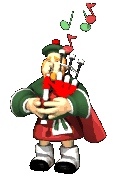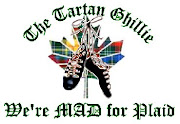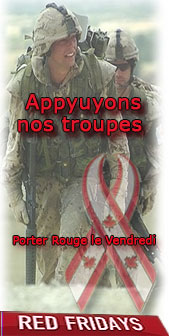Knitted Hanging Nest
adapted by Della Reid
This hanging nest pattern was created for Wildlife Rescue Nests. We have seen a few wildlife rescues hanging the nests in cages for older, ‘eyes-opened, ready to explore’ mammals, such as squirrels. It can easy be attached to the interior of cages with the new addition of a flap and buttons.
Notes:
- it's important to keep your tension as tight as possible. 2 strands of yarn is used to increase strength, more tension on the yarn while knitting will yield a tighter fabric with no holes. even though these nests are typically lined with paper towels/cloths, it is essential that these are made as tightly as possible to reduce the risks of claws/toes getting caught and it also helps to hold their shape properly
- yarn weight and needle size are dependant on each other. what's worked for me is to knit with 2 strands of the yarn, but use the needle size recommended by the yarn wrapper.
Instructions:
- 2 strands of medium (4) weight acrylic yarn used
- 4.5mm circular or double point needle
- 2 - ¾ Inch buttons
- cast on 6 stitches, join in a circle being careful not to twist, place marker at beginning
- knit 2 in each stitch, place a marker after each pair (12 stitches, 6 stitch markers)
- *knit until last stitch, knit 2 in last stitch*, repeat 6 times until 10 sts in each section, total 60 stitches
- purl one round
- knit 20 rows
- purl around
- knit around
- purl around
- knit around
- purl around
- cast off 4 sections (40 sts)
- knit to end (20 sts on needle)
- continue in garter stitch for 9 more rows
- button hole row ... continue in garter stitch for 3 sts, cast off 2, continue knit/purl for 10 sts, cast off 2, knit/purl 3 sts (16 sts on needle)
- continue in garter stitch for 3 sts, cast on 2 sts, continue in garter stitch for 10 sts, cast on 2 sts, continue in garter stitch for 3 sts (20 sts on needle)
- continue in garter stitch for 3 rows
- cast off

Line the buttons up underneath the flap you created on the top edge of the nest and attach loosely so you have enough room for the layer to fit beneath the edges of the button when threaded through the makeshift button holes.

NOTE: The 5 rows of garter stitch at the top of the nest, not only lead into the flap, but help give the nest some structure and stability.
Feel free to use and share this pattern, but please do not sell it or any nests you make unless proceeds are directed back to a Wildlife Rescue Organization.







